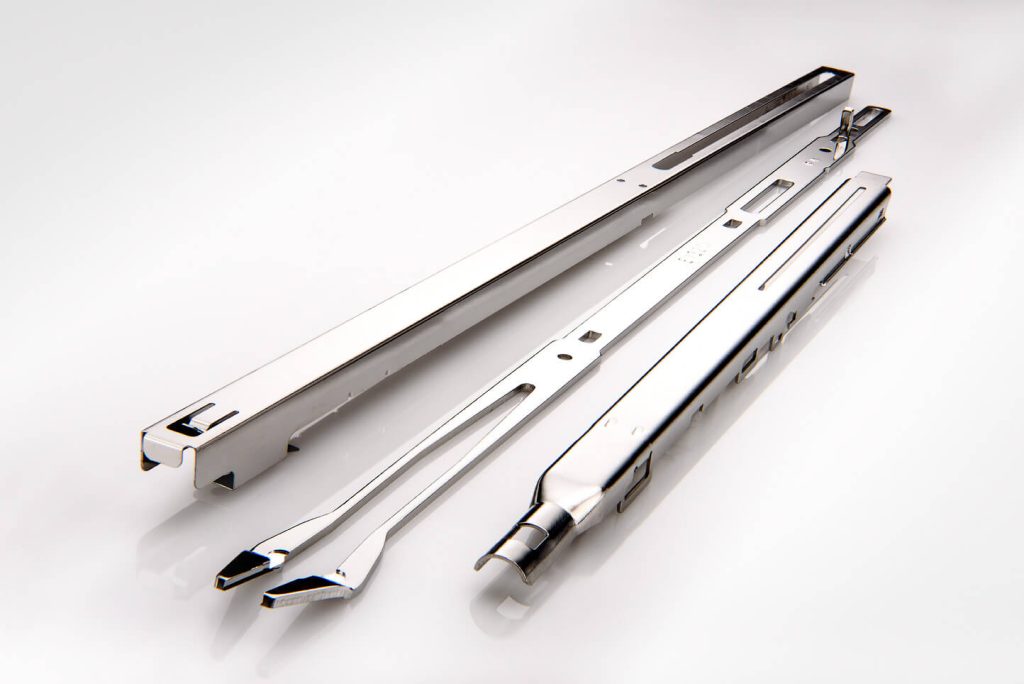Common Misconceptions About Citric Acid Passivation: What Manufacturers Need to Know
Citric acid passivation is becoming an increasingly popular choice for treating stainless steel surfaces, thanks to its eco-friendly nature and excellent performance. However, despite its benefits, several myths persist in the manufacturing industry regarding its effectiveness, compatibility, and limitations when compared to traditional nitric acid methods. This article addresses these misconceptions to provide clarity and confidence in the process.

Electropolishing Resources

What is Electropolishing?
Electropolishing is an electrochemical and reverse plating process that removes the outer layer of skin on a metal...

The Electropolishing Process
The electropolishing process is initiated by immersing a metal part into a temperature-controlled bath of electrolyte...

Benefits of Electropolishing
Curious about the benefits of putting your parts through the electropolishing process? Read along below where we...

How Much Material Does Electropolishing Remove?
Electropolishing, when done properly is a highly controllable process which removes as little as...

How Much Will Electropolishing Improve the Surface Finish of My Part?
Ra and RMS are both representations of surface roughness. Ra is calculated as the roughness average of a surface’s...

Electropolishing Frequently Asked Questions
Learn the difference between electropolishing and electroplating as well as how the electropolishing process works...

What is ASTM B912?
ASTM B912 is an industry standard for the passivation of stainless steel alloys through electropolishing...

What is ASTM A967?
ASTM A967 is an industry standard specification for the chemical passivation treatments for stainless...

What is ISO 13485?
ISO 13485 is a standard that applies specifically to medical devices. ISO 13485 is designed to be...
